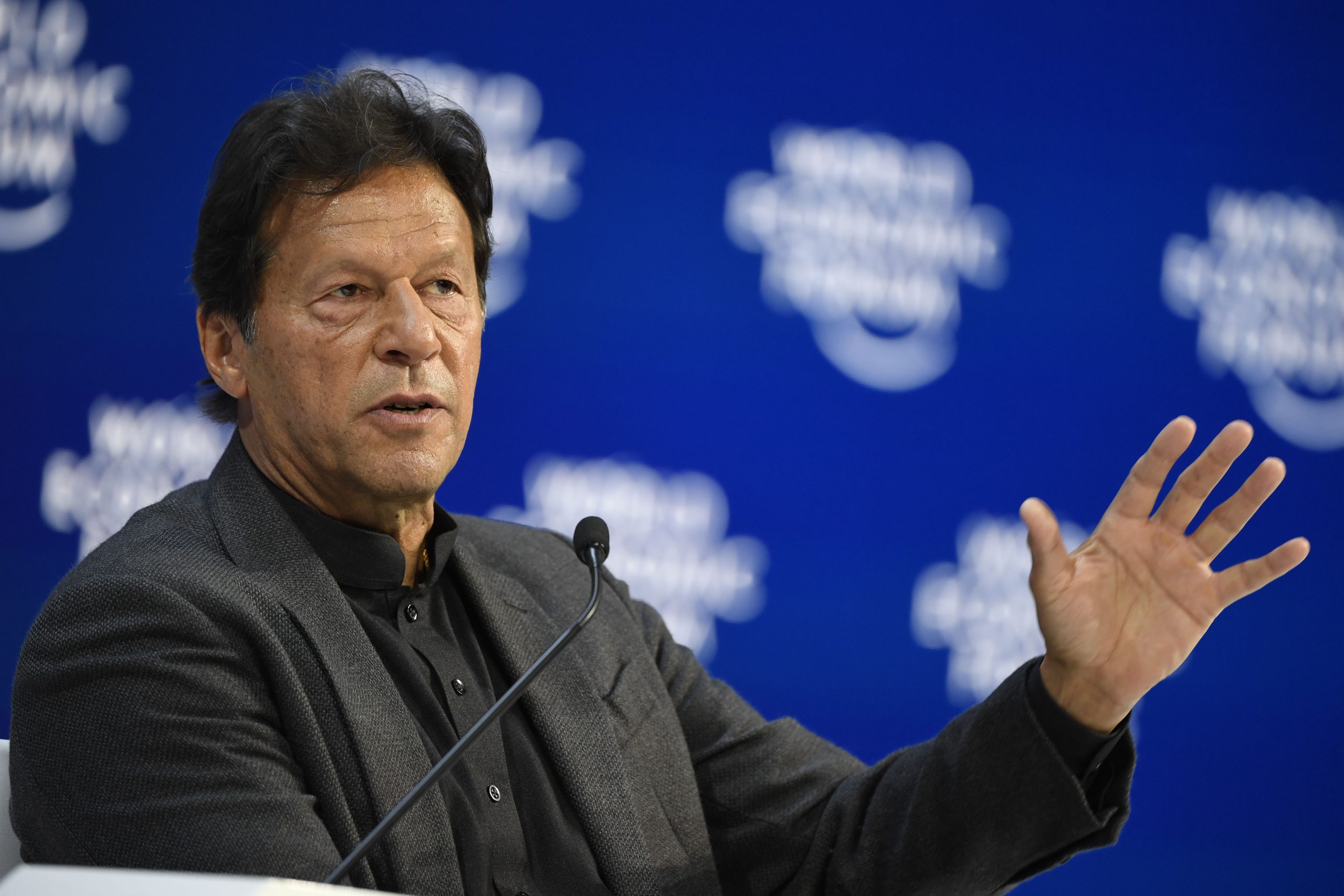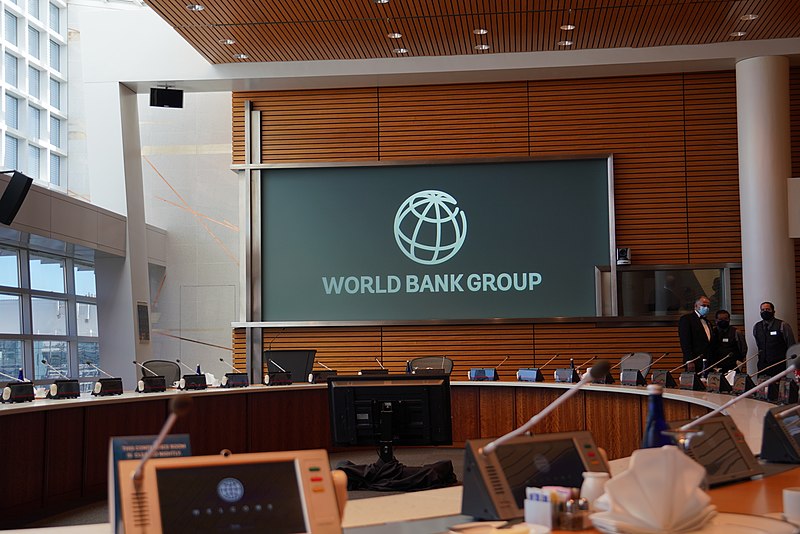The government of Pakistan plans to buy 200,000 tones of urea
Because of the Ukraine situation, worldwide urea shipments are projected to be disrupted, forcing Pakistan to purchase 200,000 tonnes of urea around high Kharif need.
For fertiliser makers, urea trafficking is a serious problem, and they urge the administration to act aggressive measures to address it.
The fertiliser review meeting was chaired by Makhdum Khusro Bakhtyar, the Federal Minister for Industries and Production. Minister of Food Protection and Study Syed Fakhar Imam joined the conference via a live connection.
A discussion was conducted to address Urea’s need and domestically supply for the Kharif period.
Mr Bakhtyar said the administration has increased steps during the Kharif period to verify that soil minerals are provided easily, in sufficient quantities, and in a timely manner to farmers.
The Ministry of Industries and Production will submit a proposal for the purchase of 200,000 tonnes of urea to the Economic Coordination Committee (ECC) at the next Plenary session, reducing the effects of urea limitations in May and June, when sowing for Kharif crops begins.
Additionally, the manufacturers were told to keep a 200,000-tonne urea inventory on hand for the present month. Because of the government’s urea price control, producers’ inventory losses would be factored into the urea pricing, which is expected to range between Rs2 and Rs3 per 20kg bag.
The fertiliser makers, on the other hand, told the audience that keeping their 200,000-tonne stock in the store was difficult due to increased need from traders.
Urea facilities in Pakistan are presently producing roughly 600,000 tonnes of urea each month at full capacity.
“However, the merchants are lifting all the bags, and the factories have almost no stock,” one of the producers explained.
The makers told the commission that regulatory steps are needed to avoid market manipulations and urea smuggling because the product is selling for Rs1,768 per bag, which is 75 per cent less than worldwide prices.
All provincial agriculture departments were also told to draught a district-by-district supply plan based on the agronomic requirements for the Kharif crops as part of the business ministry’s mandate.
Regional urea supply totalled over 6.5 million tonnes, with 6.1 million tonnes consumed annually, evenly split among the rabi and Kharif quarters.
A significant price difference between international and local urea rates contributed to a shortage of urea during the rabi season in the country, which encouraged smuggling to Afghanistan and perhaps other Central Asian countries.
The government also requested the next session of the Electricity Coordinating Council to provide a report of the gas supplies status for urea plants in the northern part of the country from April to June.




